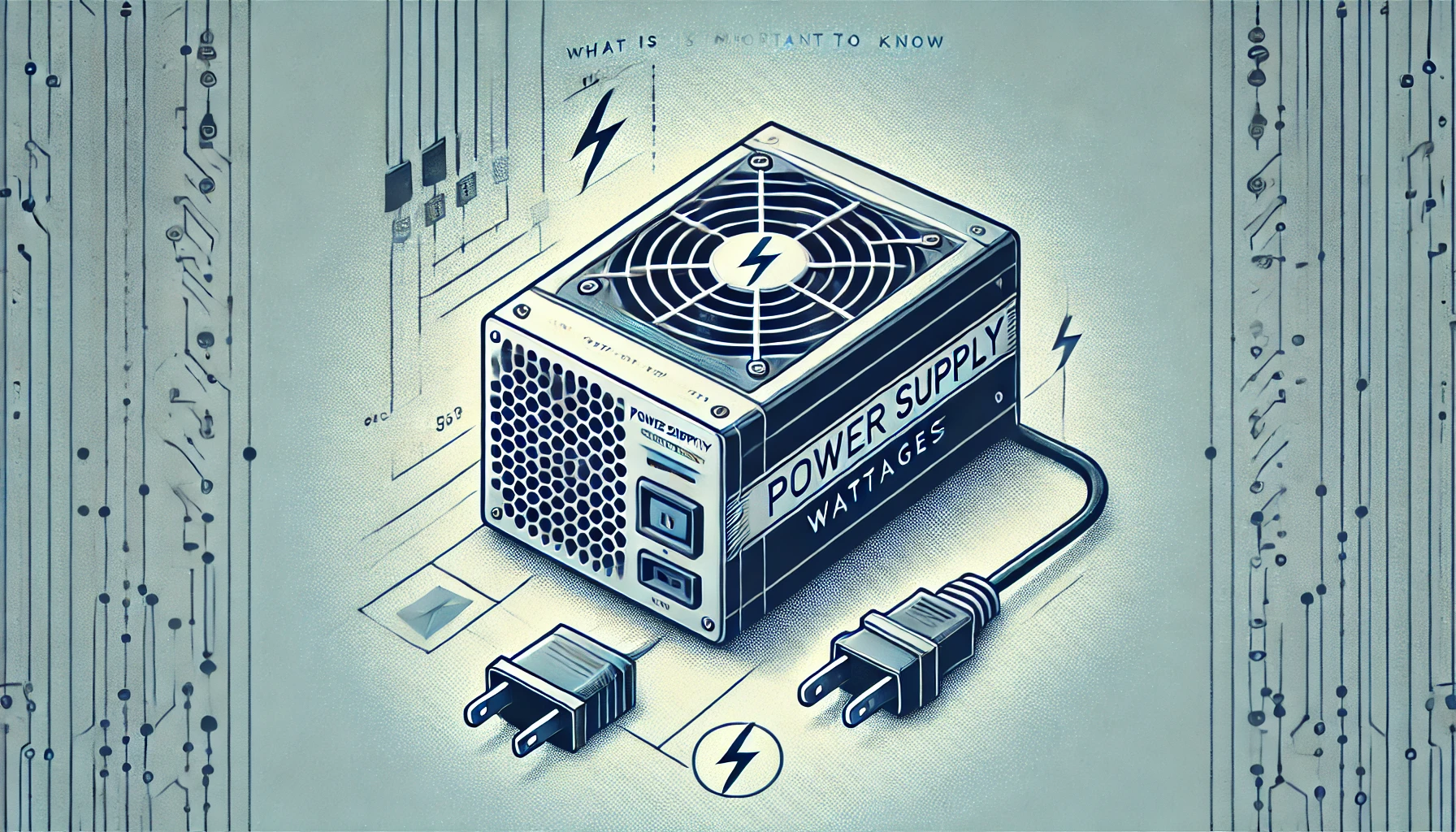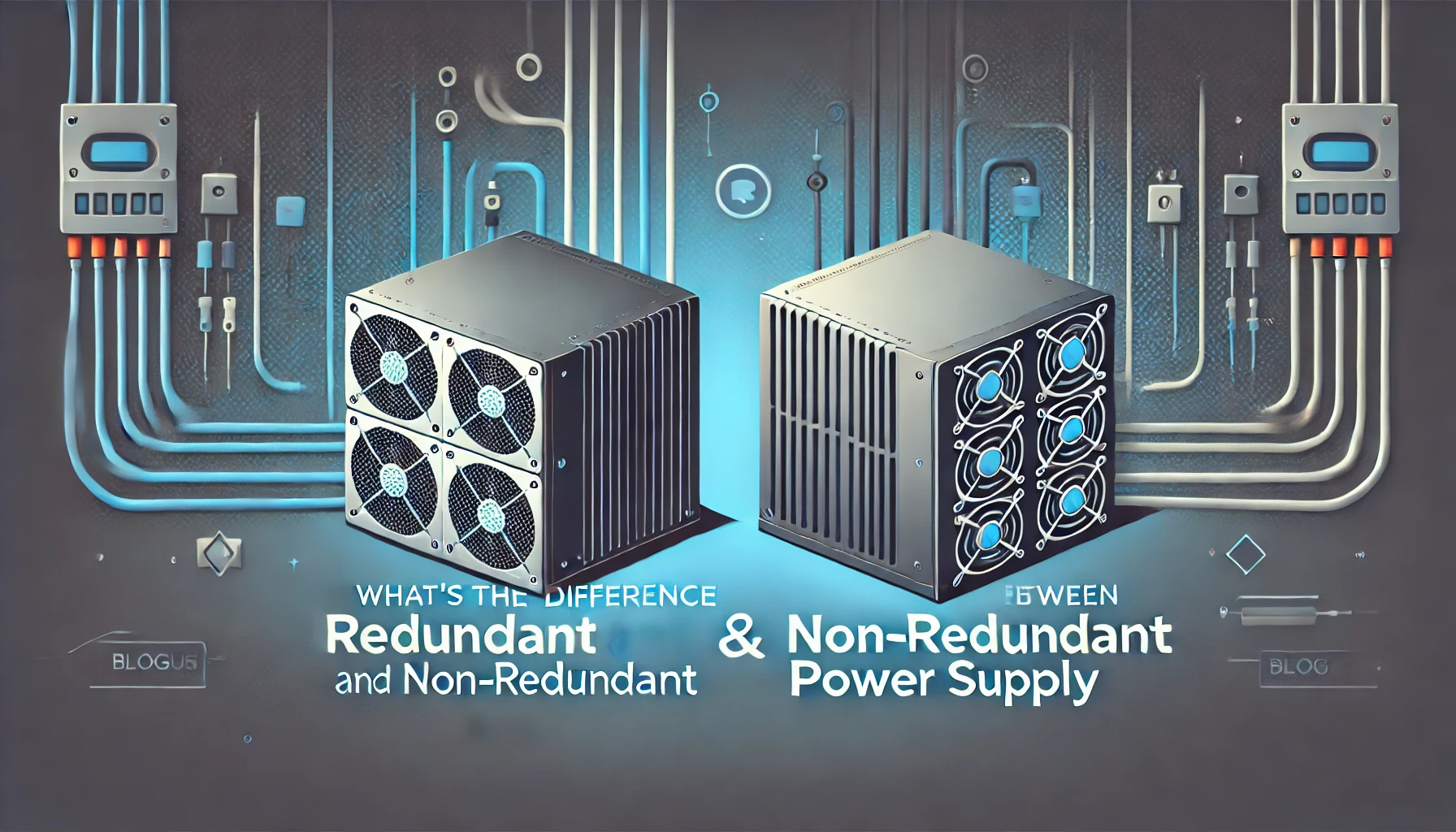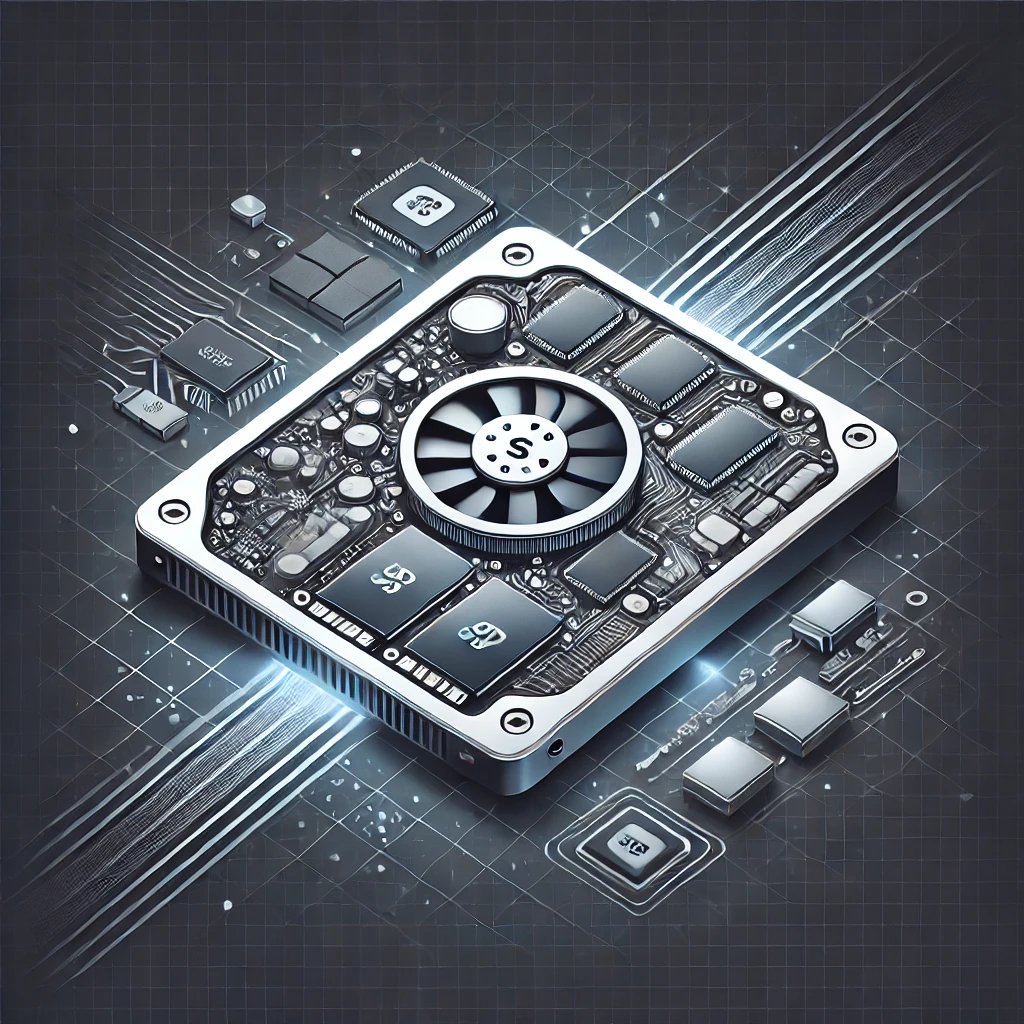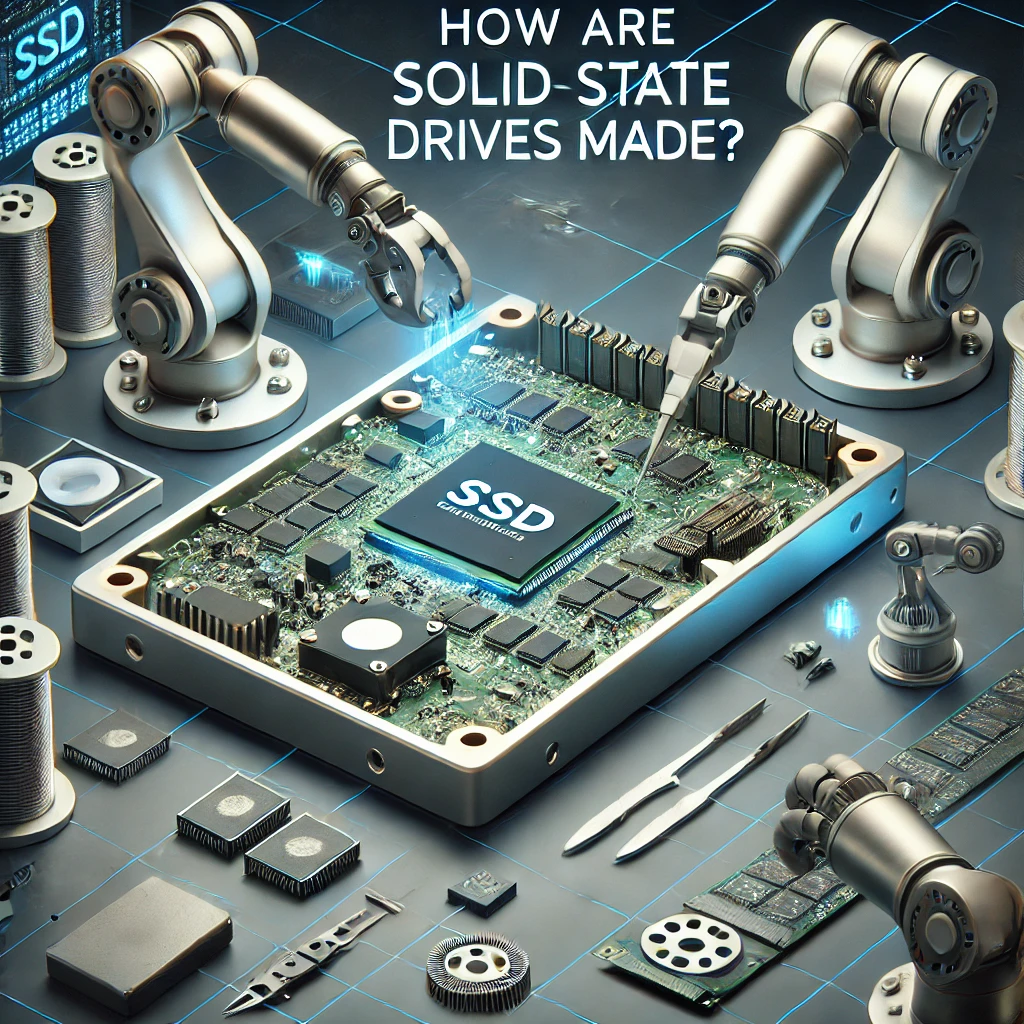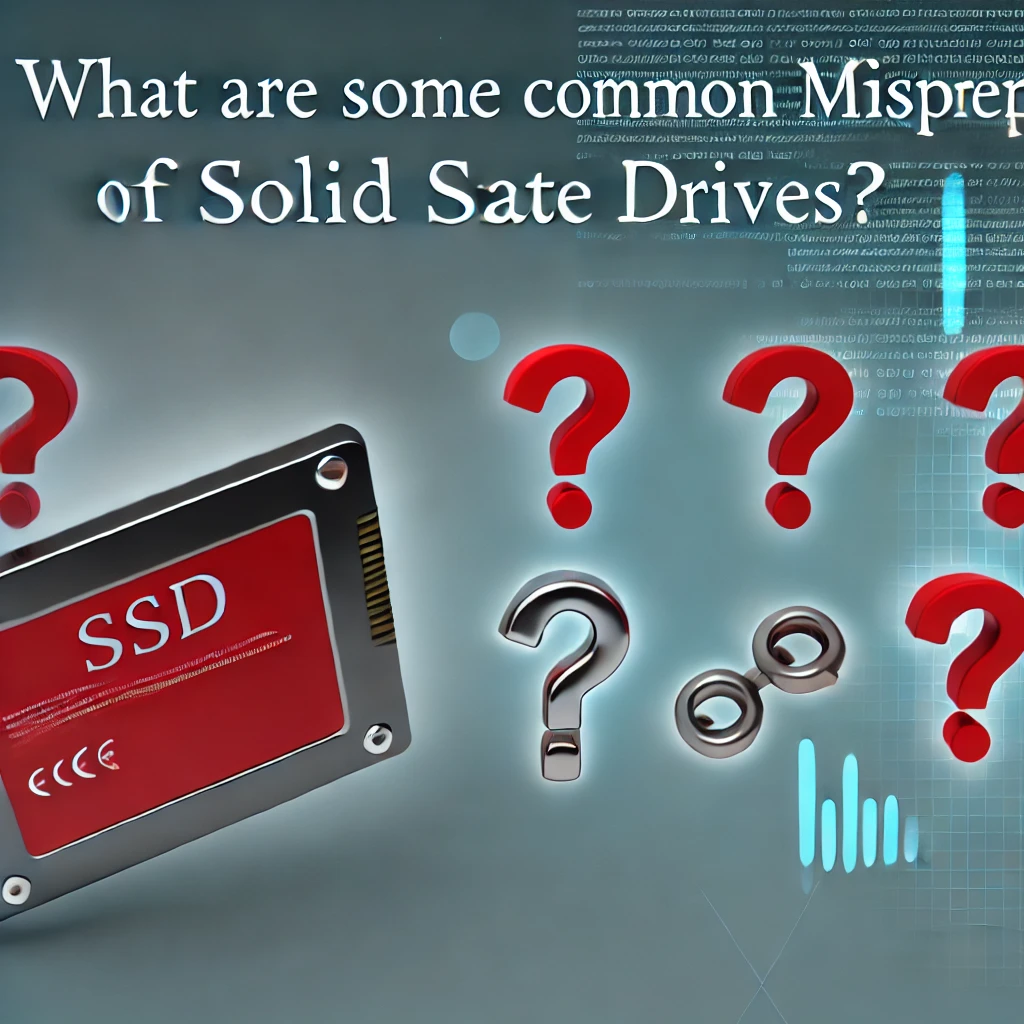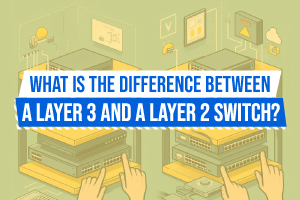What Is The Difference Between Buffered And Unbuffered Ram
Buffered vs. Un-buffered RAM
The primary difference between Buffered and Un-buffered RAMlies in the presence of a memory buffer.
Buffered RAM incorporates an additional register situated between the memory controller and the RAM modules. This setup reduces the electrical load on the memory controller and improves signal integrity. The presence of this buffer enables more efficient data handling, particularly in systems with a high number of modules.
Conversely, Un-buffered RAM, while boasting lower latency due to the lack of a buffer, might encounter stability issues when subjected to heavy workloads. The buffer in Buffered RAM offers superior error correction capabilities, rendering it the preferred choice for mission-critical applications where data accuracy is of utmost importance.
What's the Difference?
The distinction between Buffered and Un-buffered RAM rests on their architecture and functionality. Buffered RAM, also recognized as Registered RAM, employs memory chips equipped with registers that facilitate memory access management and clock cycle reduction. Conversely, Un-buffered RAM establishes a direct connection between memory chips and the memory bus, resulting in lower latency but fewer clock cycle optimizations.
The incorporation of built-in registers in Buffered RAM fosters a more streamlined data flow between memory chips and the memory controller. This introduction of buffering aids in signal stabilization during transmission along the memory bus, culminating in enhanced reliability and stability. Conversely, Un-buffered RAM lacks the intervention of register chips, leading to a simpler and more direct design that may be more susceptible to signal degradation over extended distances.
Benefits and Drawbacks of Buffered and Un-buffered Memory
The consideration of Buffered and Un-buffered RAM Memory's Benefits and Drawbacks is paramount when choosing memory modules for a system.
Buffered RAM, with its integrated buffer that alleviates the memory controller's burden, proves optimal for demanding tasks and extensive data transfers, thereby amplifying overall system performance. The incorporation of an error correction mechanism in Buffered RAM ensures the preservation of data integrity by promptly identifying and rectifying errors.
Conversely, Un-buffered RAM, characterized by its streamlined design, offers swifter memory access, rendering it perfect for gaming and routine computing tasks. However, the absence of ECC support in Un-buffered RAM exposes it to potential data corruption and stability challenges when subjected to heavy workloads.
Pros and Cons of Each Type
The analysis of Buffered and Un-buffered RAM Memory unveils a nuanced discussion encompassing their compatibility and utilization contexts. In server memory configurations, Registered modules reign supreme, offering heightened data integrity and stability suitable for critical applications. Conversely, Non-registered modules dominate the desktop memory landscape, boasting lower latency and cost-efficiency. However, they may lack the sophisticated error correction features of their Registered counterparts.
Registered RAM modules necessitate a buffer chip to orchestrate data flow, ensuring heightened reliability at the expense of slightly diminished performance compared to Non-registered RAM. Conversely, the simplicity of design in Non-registered RAM leads to swifter data retrieval but potentially sacrifices error detection and correction capabilities.
When faced with the decision between these two variants, it is imperative to align your choice with the unique demands of your system. For those prioritizing optimal reliability in server applications, the superior data integrity of Registered RAM may prove invaluable. In contrast, desktop users seeking cost-effective performance may find the agility of Non-registered RAM more appealing.
Factors to Consider When Choosing Between Buffered and Un-buffered RAM Memory
When faced with the choice between Buffered and Un-buffered RAM Memory, there are several crucial factors to weigh. Clock cycles, memory channel configurations (dual-channel or single-channel), and compatibility with the memory controller all play a vital role in optimizing system performance and ensuring seamless memory operation.
The speed at which data can be accessed, as determined by clock cycles, directly impacts the overall efficiency of the memory modules. Memory channel configurations, especially dual-channel setups, enhance data throughput by facilitating simultaneous data transfer. In addition, compatibility with the memory controller guarantees that the RAM modules interact harmoniously with the rest of the system. These elements collectively shape the performance and reliability of your system, underscoring the significance of making informed choices between Buffered and Un-buffered RAM for a smooth computing experience.
Compatibility, Performance, and Cost
The considerations of Compatibility, Performance, and Cost each play a significant role in determining the ideal RAM Memory type for a given system. In terms of Compatibility, factors such as memory buffer support are key to maintaining signal integrity and reducing potential memory timing issues. As for Performance, metrics like memory types, ranks, and speed have a direct impact on the system's responsiveness and data transfer rates.
Let's not forget about the importance of Cost. The financial aspect is crucial in choosing RAM Memory as it can greatly affect the overall budget of a system build. Balancing the cost with performance gains is a delicate dance.
It's impossible to ignore the impact of memory speed on system performance. Faster speeds can boost multitasking abilities and enhance the user experience by reducing latency and improving data processing efficiency. Finding the right balance among these factors is essential for achieving an optimal RAM Memory configuration.
